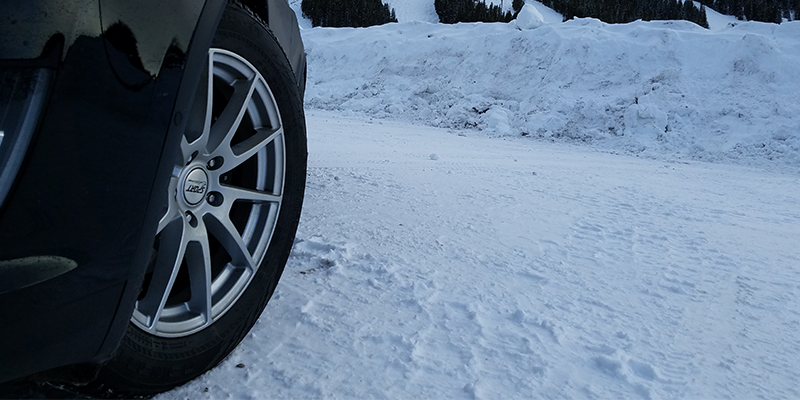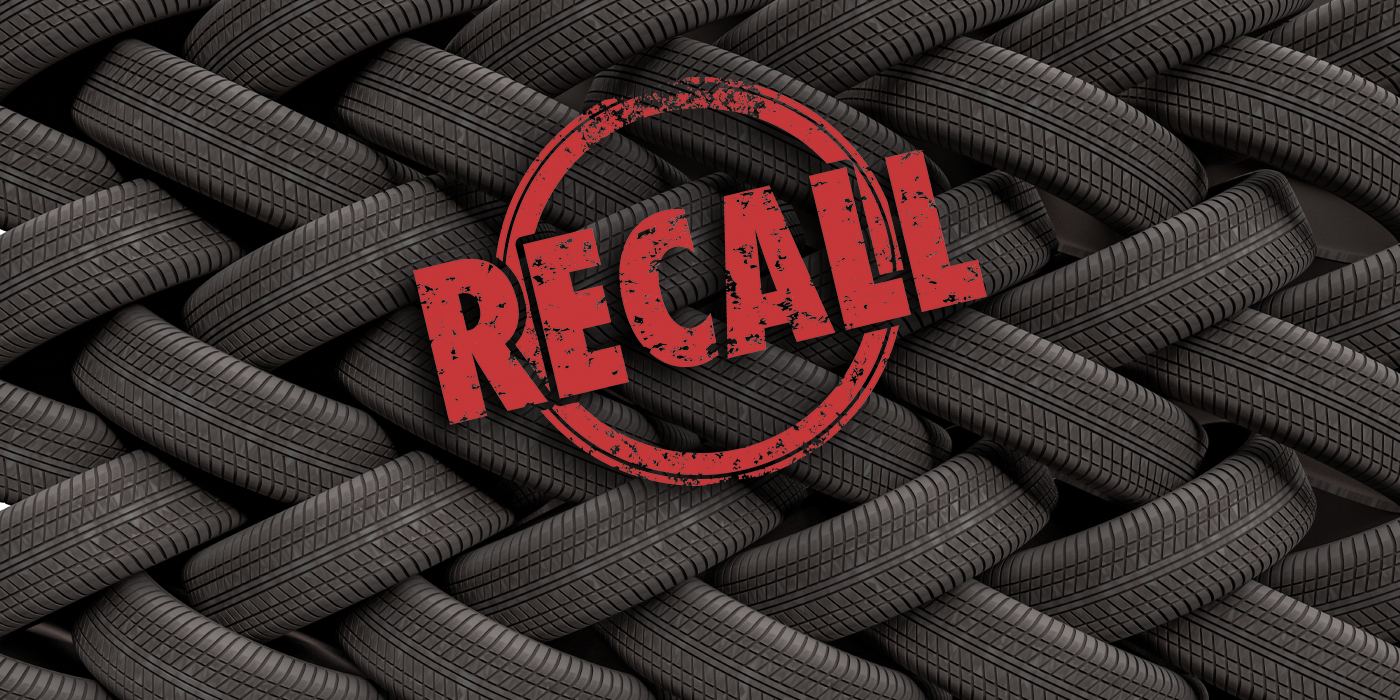Look out your window right now and you’ll see sunshine, flowers in bloom and green grass in many parts of the country.
Ah, summer is finally here. But in the life of a tire dealer, the signs of summer mean thinking about your winter tire inventory and deciding how much to order to satisfy your customers – and the oftentimes unpredictable weather.
“We’re in the hands of Mother Nature when it comes to the winter season,” says Mike Lyons, owner of a Big O Tire dealership out of Longmont, Colorado. “All we have to have is the weather forecast say snow, and I know we’ll busy…(But) winter tire sales are less than they were 10 years ago. It has to do with all-wheel drive cars and tires getting better that gives [customers] this false sense of security.”
While looking at past sales data and reading up on winter weather predictions may be helpful for ordering your winter tires, the approach to selling your stock can be tricky. All-season and all-weather tires have entered the market, and based on their names, many consumers will leave those tires on all year around.
But as the tire dealer, you can change that.
Take these pointers from other tire dealers about the ways they order winter tires, and once the season arrives, how they make the most out of their winter tire sales.
At Mother Nature’s Mercy
Whether we like it or not, weather is a big factor for many tire dealers in determining the winter tire inventory they’ll stock. And depending on where you live in the U.S., winter will hit sooner – and sometimes harsher – than in other states.
Brian Gollub, director of purchasing and distribution for Sullivan Tire, said in the northeast, October starts winter tire season followed by busy months through January, depending on the severity of the season.
“We try to look at historical data, and we have to account for new stores, but we know a bad winter season leads to an early sell-out and a mild winter season leaves people waiting to see what happens,” Gollub says.
In Alaska, Alyeska Tire’s Craig Wortham said he makes sure his shops have winter tires by August. He’s also noticed that climate change has played a role in the last four years in his winter tire purchasing.
“I think it’s caused people to pause in purchasing winter tires because they don’t know if it’s doing to be bad or a typical winter,” he says.
The unpredictability of the forecast often leads to consumers taking a gamble and relying on other types of tires to carry them through the winter. But, as a tire dealer equipped with knowledge about your market and tire design, you have the power to change their mind.
MORE COVERAGE: Take a look at Tire Review’s latest issue
Are Winter Tires Really a Necessity?
Depending on where you live, yes.
“When the roads are dry and temperatures are hovering above freezing, drivers believe they can get away with leaving their summer or all-season tires on through the winter months,” says Hans Dyhrman, Nokian Tyres’ director of marketing. “For any of us who’ve experienced a surprise snowstorm or sharp drop in temperatures, we know this can lead to a white knuckle drive with tires that are not equipped to handle wintery conditions.”
Dyhrman says all-season tires perform best in temperatures 45 degrees Fahrenheit and above. For most of the country, this means all-seasons are best suited for spring, summer and fall driving.
All-season tires are ideal for places like Seattle with wet weather and not much snow,” says David Shelton, director of operations and projects for Giti Tire USA. “But if you’re in an area that has dedicated snowplowing, that’s a sign that the winters are hazardous enough that an all-season may not be enough.”
There’s also the all-weather tire option, which is designed as a winter tire first and can be used year-round. But for customers wanting to really feel positive grip and crisp steering response during the winter months, winter tires will give them that edge.
Winter tire tread patterns are designed – from rubber compounds to stud technology – to provide excellent grip in slick conditions with their sipes and grooves made for retaining snow. They also are distinguished with a Three-Peak Mountain Snowflake (3PMS) symbol, meaning they meet or exceed minimum government requirements for snow traction.
“An all-season is really a compromise,” says Keith Willcome, sales engineering manager at Bridgestone. “One way winter tires work is by retaining snow. When you make a snowball and pack the snow together, it sticks. In a winter tire, we look for it to retain the snow in its sipes and grooves. All those points are used for retaining snow and gripping it (the road) extra hard. That’s something that’s a visual that the customer can see.”
Making the Sale
With so many tire options on the market, convincing your customers to switch to winter tires for those few months of treacherous weather can be challenging.
But Dyhrman suggests first asking customers about their driving experience on snow and ice.
“Ask questions about the steering. Was it responsive and comfortable? Did the tires get good traction or was the car slipping all over the road?” he says. “Once you’ve heard the customer’s current tire issues, it’s much easier to identify their needs and educate them on the benefits of fitting their vehicle with winter tires.”
One of those benefits is the added traction winter tires have in their design, said Joe Maher, product manager for Continental’s passenger and winter tires.
“Wet and snow (traction) can be critical for customer satisfaction and customer driving confidence,” Maher said. “These conversations stress the need for tires designed for the road conditions encountered by the customer… It’s important to reinforce this message each time the customer visits their location.”
Another aspect of winter tire design is performance technology, says YG Lee, Hankook Tire’s product manager. The rubber compounds in winter tires are optimized for colder weather. The fact that “you can design and optimize the performance of any tire” is a great marketing strategy, he says.
We’re sure you’ve heard many customers say they don’t want the added cost of buying winter tires. But, really they’re saving money in the long run, says Bridgestone’s Willcome.
“Every month you have winter tires on your vehicle, your all-season tires sit on a shelf,” he says. “So, those tires last longer and your winter tires last longer. It’s not really a double tire cost because you‘re prolonging the service life of both sets of tires.”
One tip that’s worked for Alyeska Tire’s Wortham in selling more winter tires is mining his customer data. He says tracking sales history and spotting trends in a how, when and what sizes of winter tires are being ordered has helped Alyeska not only target customers needing winter tires but also certain sizes in the different areas they serve.
“Keeping up on size proliferation and being cognizant of new vehicle sales in your market is so important,” he says. “You’re going to have to have new sizes…. Being able to spot a trend in growth in tire sizes, you’ll be prepared for the next season.”
Big O’s Mike Lyons says he sells winter tires through customer education. When parents come into his shop with their teens starting to drive, he uses the winter tire sale as a teachable moment on driver safety.
“We talk to parents about Tire 101,” he says. “And we convince them their kids need to be covered. Let them make a decision based off of the information they’ve received. The way I look at it is if I make them feel the way I feel about buying winter tires, they’ll buy them and they’ll be safe.”














